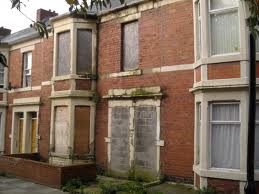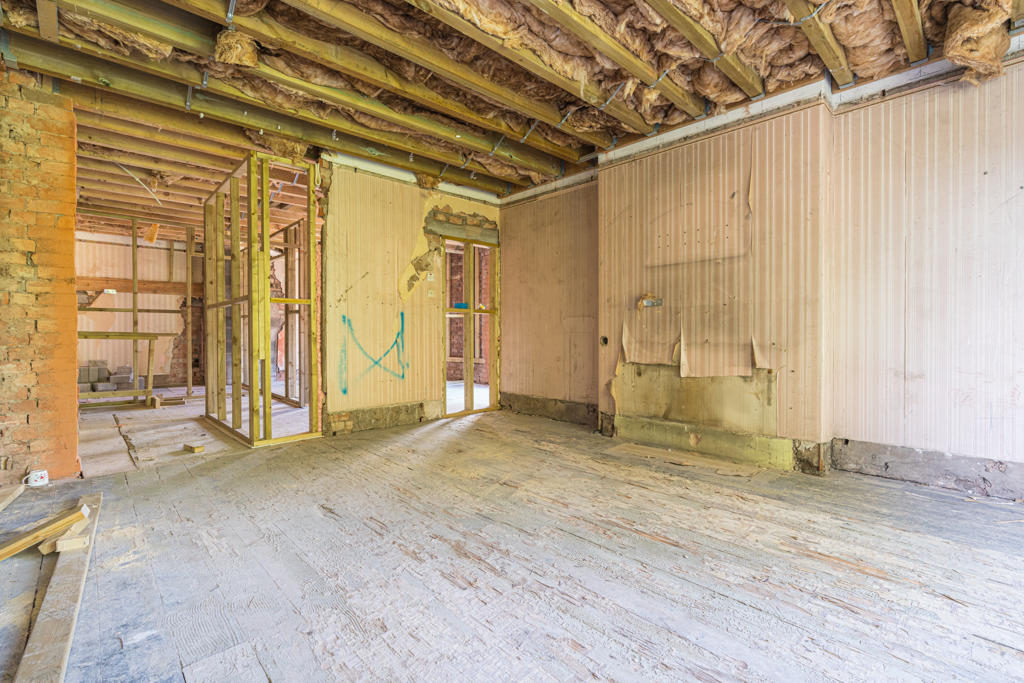Bridging finance is a short-term loan that can be used for a variety of purposes, including property refurbishment. It can provide quick access to funds for refurbishment projects, but it also comes with its own set of risks.
In this post, we’ll take a closer look at the pros and cons of using bridging finance for property refurbishment, as well as some tips on how to obtain it.
The Pros of Bridging Finance
One of the biggest benefits of bridging finance is speed as it can provide quick access to funds. This can be especially useful for property refurbishment projects, which have multiple property investors interested in the project.
Additionally, bridging finance offers more flexibility in terms of repayment options, which can make it easier to manage your cash flow during the project. Most lenders will allow you to pay the interest at the end, when the property has been sold or remortgaged.
Finally, it allows you to obtain finance on properties that are not mortgageable and allow you time to improve the quality and marketability of the property pending sale or remortgage.
The Cons of Bridging Finance
While bridging finance does have its advantages, it’s important to be aware of the potential downsides.
One of the biggest cons is that bridging finance often comes with higher interest rates than traditional loans.
Additionally, the repayment terms are often shorter, which can make it more challenging to pay off the loan in a timely manner.
Finally, there is always the risk of defaulting on the loan, which can lead to serious financial consequences.
How to Obtain Bridging Finance for Property Refurbishment
Obtaining bridging finance for property refurbishment can seem daunting, but it doesn’t have to be. Here are five steps you can take to make the process as smooth as possible:
Step 1: Research different types of financing options.
Before you apply for a loan, take the time to research different types of financing options. This will help you understand the market.
Yes, you can talk direct to the lender but remember they will be bias and won’t necessarily tell you the points you need to watch out for which may trip you up during the project.
We are also bias as brokers in the sector when we say that you should talk to an experience bridging finance broker who knows which lenders to go to, but more importantly the ones to avoid.
This will help you understand the different terms, interest rates, and requirements required for each option, and determine which type of bridging loan best suits your needs.
Step 2: Determine the amount of financing required.
Knowing how much financing you need is crucial in order to apply for the right type of loan. Consider all the costs of the refurbishment project, including purchase costs, solicitors, materials, labour, and any other expenses that may arise. Always include a contingency of at least 10%.
Step 3: Find a reputable lender.
That’s where we come in. When searching for a lender, it’s important to find one that is reputable and has a good track record.
Look for a lender that specialises in bridging finance for property refurbishment and some of them will also give you a long term Buy to Let Mortgage to pay it off. That reduces costs and increases your profits.
Step 4: Prepare a detailed project plan.
When applying for a loan, you will need to provide a detailed project plan and budget. This should include an estimate of the costs of the refurbishment, a timeline for completion, how it will get repaid and any other relevant information that will help the lender understand the scope of the project. We will help you with this.
Step 5: Submit a loan application and provide all necessary documentation.
Once you have all the necessary information, we can submit your bridging loan application to the lender. Be sure to provide all the required documentation, such as schedule of works, ID and address proof, details of experience and any other information that may be requested by the lender.
Conclusion
Bridging finance can be a useful tool for property refurbishment projects, providing quick access to funds and the potential for higher returns on investment.
However, it’s important to consider the higher interest rates, shorter repayment terms, and the risk of default before making a decision. By following the five steps outlined above and doing your research, you can help ensure that you obtain the right type of loan for your renovation project.
For your next project get in contact with us so we can help you obtain the finance you need.



